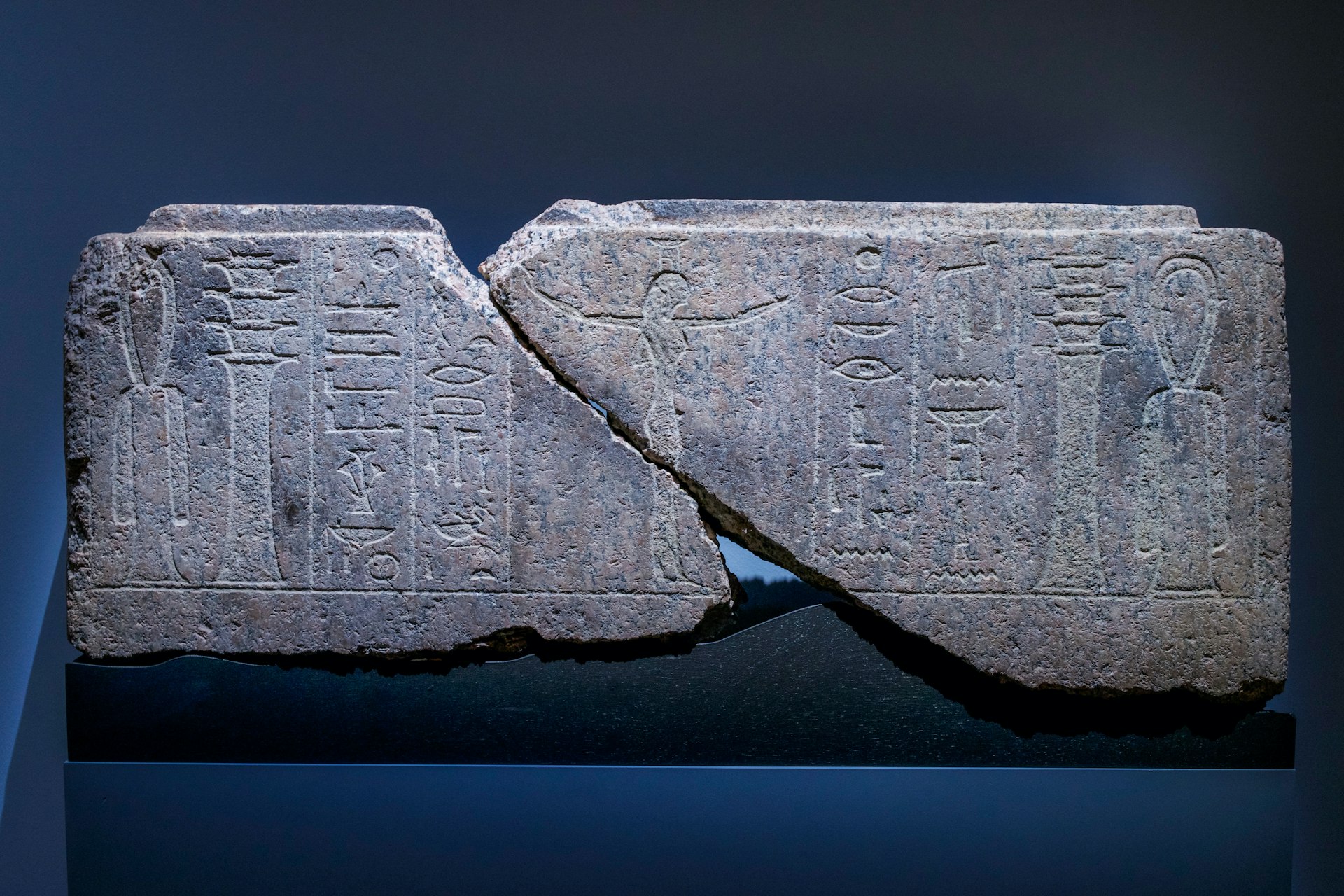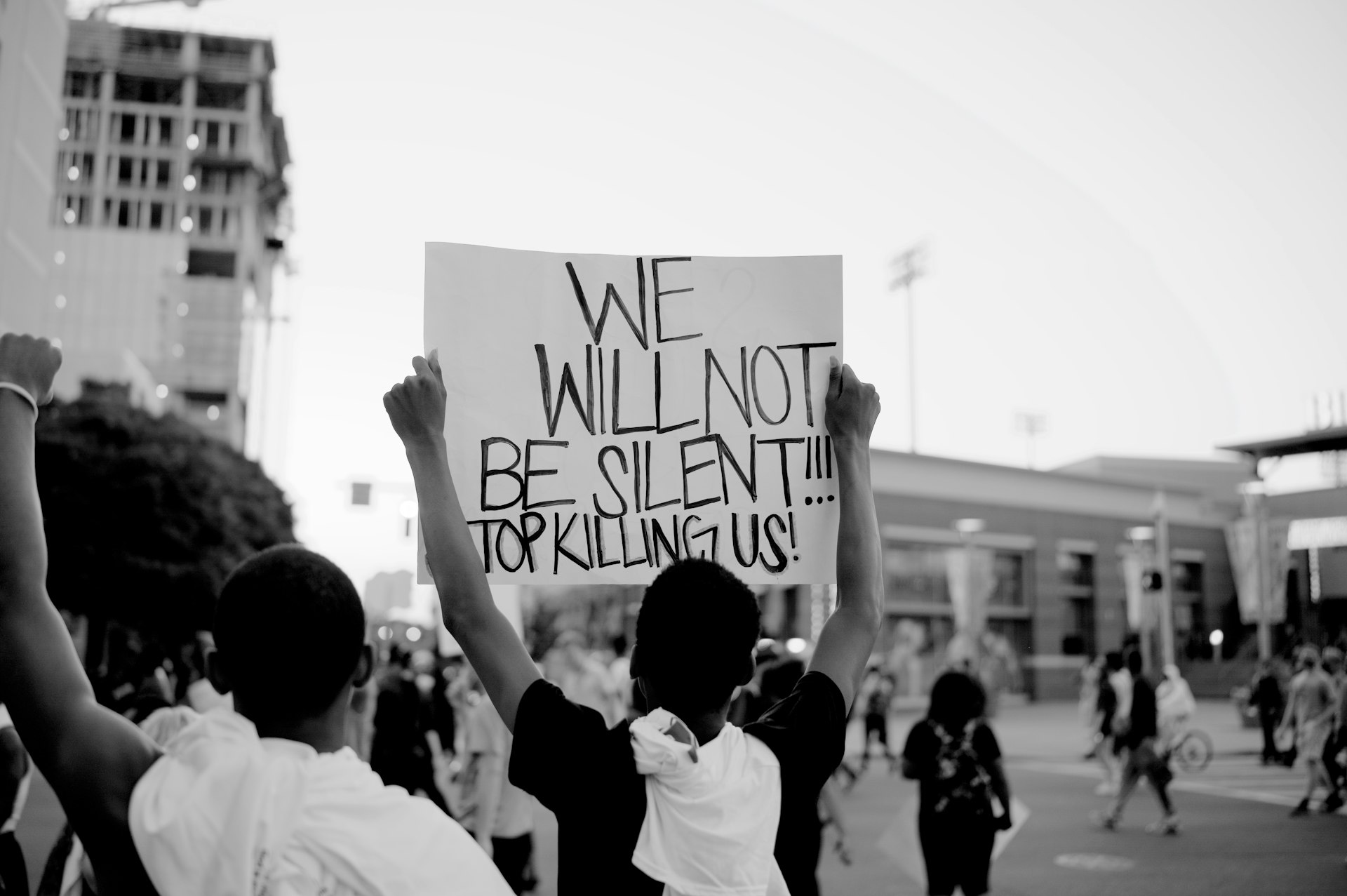Comprehensive History of the American Civil Rights Movement: Key Events, Leaders, and Legacy

Photo by Library of Congress on Unsplash
Origins and Early Milestones
The American Civil Rights Movement emerged as a powerful force for racial justice in the mid-20th century, rooted in centuries of struggle against slavery and segregation. While the movement gained national prominence in the 1950s and 1960s, its foundations were laid earlier, with incremental legal victories and grassroots organizing. For example, in 1948, President Harry S. Truman signed Executive Order 9981, mandating equal treatment and opportunity in the armed forces regardless of race or color. This was a significant, though limited, federal step toward dismantling institutional racism.
The 1950s saw a series of legal challenges to the “separate but equal” doctrine established by
Plessy v. Ferguson
(1896). In 1950, the Supreme Court ruled in
Sweatt v. Painter
that a separate law school for African Americans was inherently unequal, and in
McLaurin v. Oklahoma State Regents
, it found that segregating a Black graduate student within the same university violated his rights. These decisions chipped away at legal segregation and set the stage for the landmark 1954
Brown v. Board of Education
ruling, which declared school segregation unconstitutional
[1]
.
Major Events and Turning Points
The movement’s momentum accelerated with highly visible acts of resistance and protest. In 1955, Rosa Parks’ refusal to give up her seat on a Montgomery, Alabama, bus sparked the Montgomery Bus Boycott, a year-long protest that ended with the Supreme Court ruling bus segregation unconstitutional [1] . This victory demonstrated the power of nonviolent direct action and brought Dr. Martin Luther King, Jr. to national prominence.
School desegregation became a flashpoint, most famously in 1957 when the Little Rock Nine integrated Central High School under federal protection. Similarly, Ruby Bridges became a symbol of courage when she integrated a New Orleans elementary school in 1960. That same year, the Greensboro Four launched the sit-in movement by refusing to leave a segregated lunch counter, inspiring similar protests across the South [1] .

Photo by Unseen Histories on Unsplash
The early 1960s saw the Freedom Rides, where activists rode interstate buses to challenge segregation in bus terminals, and the Birmingham Campaign of 1963, where images of police attacking peaceful protesters-including children-shocked the nation and galvanized support for civil rights legislation [1] .
Landmark Legislation and Tragedies
The movement’s crescendo came with the March on Washington for Jobs and Freedom in August 1963, where Dr. King delivered his iconic “I Have a Dream” speech before a crowd of 250,000 [4] . This massive demonstration pressured Congress to pass the Civil Rights Act of 1964, which outlawed discrimination based on race, color, religion, sex, or national origin. The following year, the Voting Rights Act of 1965 aimed to dismantle barriers to African American voting, and the 24th Amendment abolished poll taxes in federal elections [4] .
These victories were tempered by tragedy. In September 1963, four young girls were killed in the bombing of the Sixteenth Street Baptist Church in Birmingham, a stark reminder of the violent resistance to change [4] . The assassinations of President John F. Kennedy, Malcolm X, and Dr. King underscored the risks faced by those advocating for justice.
Expanding the Movement: Beyond the South
While much of the movement’s iconic imagery centers on the American South, civil rights activism was nationwide. Urban centers like Detroit and Los Angeles saw protests against housing discrimination, police brutality, and economic inequality. The Watts Riots of 1965 and the Detroit Riot of 1967 highlighted the frustrations of Black communities outside the South, signaling that legal victories had not erased systemic inequities [1] .
The movement also diversified in strategy and leadership. The Black Panther Party, founded in 1966, emphasized self-defense and community empowerment, while other groups focused on economic justice and anti-war activism. Legal battles continued, such as
Loving v. Virginia
(1967), which struck down laws banning interracial marriage
[1]
.
Legacy and Continuing Struggles
The Civil Rights Movement transformed American society, dismantling Jim Crow laws and expanding legal protections for minorities. It inspired other movements for gender equality, LGBTQ+ rights, and disability rights. However, the fight for racial justice continues, as issues like voter suppression, police violence, and economic disparity persist.
To learn more about this pivotal era, you can explore authoritative timelines and resources. For a detailed chronology of events, visit the Britannica timeline page [1] or the Wikipedia civil rights timeline [2] . For educational materials and primary sources, consider visiting the Jim Crow Museum’s online timeline [4] .
How to Further Your Understanding
If you wish to delve deeper into the history of the American Civil Rights Movement, consider these steps:
- Read Primary Sources: Seek out speeches, letters, and autobiographies by leaders like Martin Luther King, Jr., Rosa Parks, and Malcolm X. Many are available in libraries and online archives.
- Visit Museums and Historic Sites: Institutions such as the National Civil Rights Museum in Memphis and the Birmingham Civil Rights Institute offer immersive exhibits.
-
Watch Documentaries and Films:
Productions like
Eyes on the Prize
provide comprehensive overviews of the movement’s key events. - Engage with Educational Platforms: Many universities and organizations offer free online courses on civil rights history.
- Support Contemporary Advocacy: Learn about current organizations working on racial justice and consider supporting their efforts through volunteering or donations.
By studying the Civil Rights Movement, we not only honor the courage of those who fought for justice but also gain insights for addressing today’s challenges. The movement’s lessons in nonviolent resistance, coalition-building, and legal strategy remain relevant for anyone committed to social change.
References
[1] Britannica. Timeline of the American Civil Rights Movement. Overview of key events from the 1950s and 1960s.
[2] Wikipedia. Timeline of the civil rights movement. Detailed chronology from 1954 to 1968.
[4] Jim Crow Museum. Civil Rights Era – Timeline. Focus on major events and their impact.



